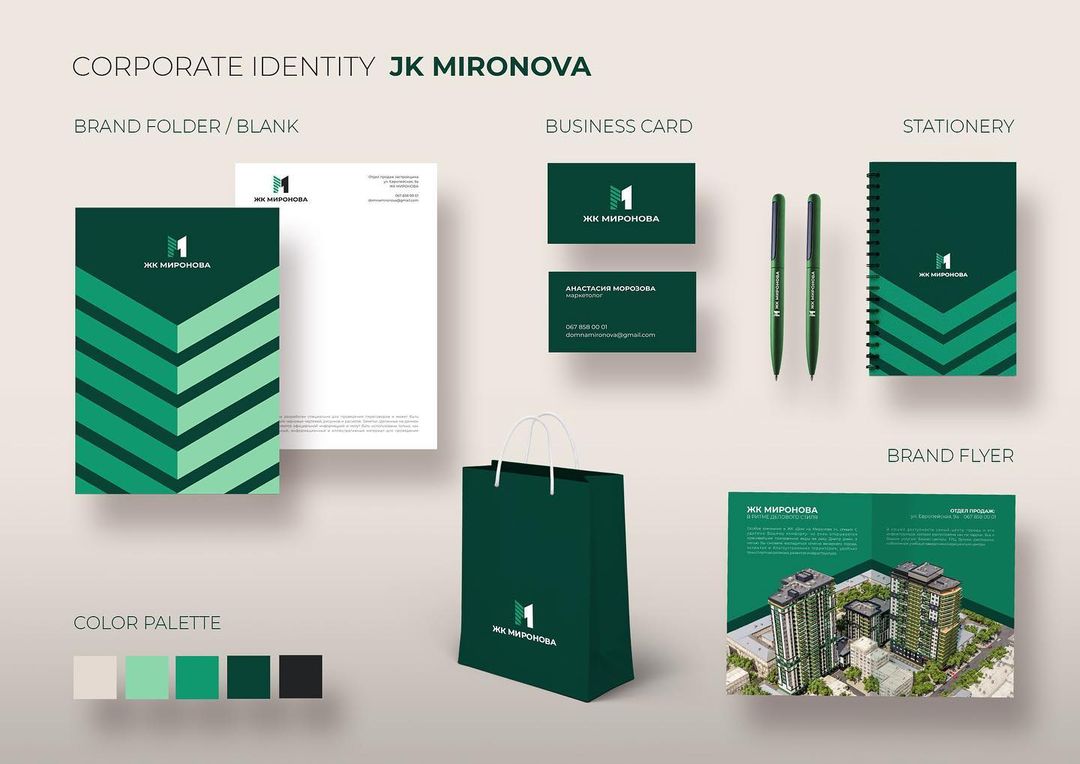

And we value your time – so click on the question and get an answer in a second
We don’t have any limits, it’s mostly Ukraine.) But we have customers from England, Australia, Europe, and the United States.
Usually, our clients create content themselves (according to our instructions). And we set up cool ads.
Branding
Branding is a key element of successful marketing that helps your business stand out from the competition and create a unique identity. Effective branding helps establish an emotional connection with your target audience and create long-term relationships with customers.
Design branding
This is why branding plays such an important role in growing your business.
- Recognition and Differentiation: A good brand should be recognizable and differentiate itself from other companies in the market. Your logo, color scheme, typography and other branding elements should be unique and convey your brand values and positioning. When your brand is different, it attracts attention and is remembered better, which helps increase recognition and attract new customers.
- Build trust and loyalty: Quality branding helps build trust among consumers. When your brand is associated with reliability, quality and professionalism, people will prefer your company and products. The more loyal customers you have, the more likely you are to make repeat purchases and recommend your brand to people you know.
- Communicating values and history: Branding gives you the opportunity to communicate your company’s values, mission and history.
- Consumers tend to buy from companies with whom they share common values. With effective branding, you can engage audiences who share your beliefs and build a deeper connection with them.
Competitive Advantage: Branding can be your competitive advantage. When your brand is unique, purposeful and different, you create an attractive proposition for consumers. It helps you stand out in the marketplace and become the preferred choice in the eyes of your target audience.
Brand Marketing
Effective brand promotion requires the use of various marketing strategies and tools. Here are a few key aspects to consider when promoting your brand.
- Target Audience and Market Research: Before you begin promoting, it’s important to determine your target audience. Who are they? What needs and preferences do they have? Research your market, study your competitors and identify your brand’s unique characteristics. This will help you develop a promotional strategy that will be most effective for your target audience.
- Create strong branding: Define your unique position and the values you want to communicate through your brand. Develop a logo, color scheme, fonts and other elements that will reflect your brand personality and identity. Create a brand message that is emotionally appealing to your target audience.
- Online presence and social media: Today, the internet is one of the most powerful tools for brand promotion. Create a professional and informative website that reflects your brand and provides useful information for customers. Use social media platforms to actively engage with your audience, publishing content, contests and promotions.
- Content marketing: Develop a content marketing strategy to provide valuable information to your target audience. Create engaging and informative content such as articles, blogs, videos and infographics related to your industry and brand.


